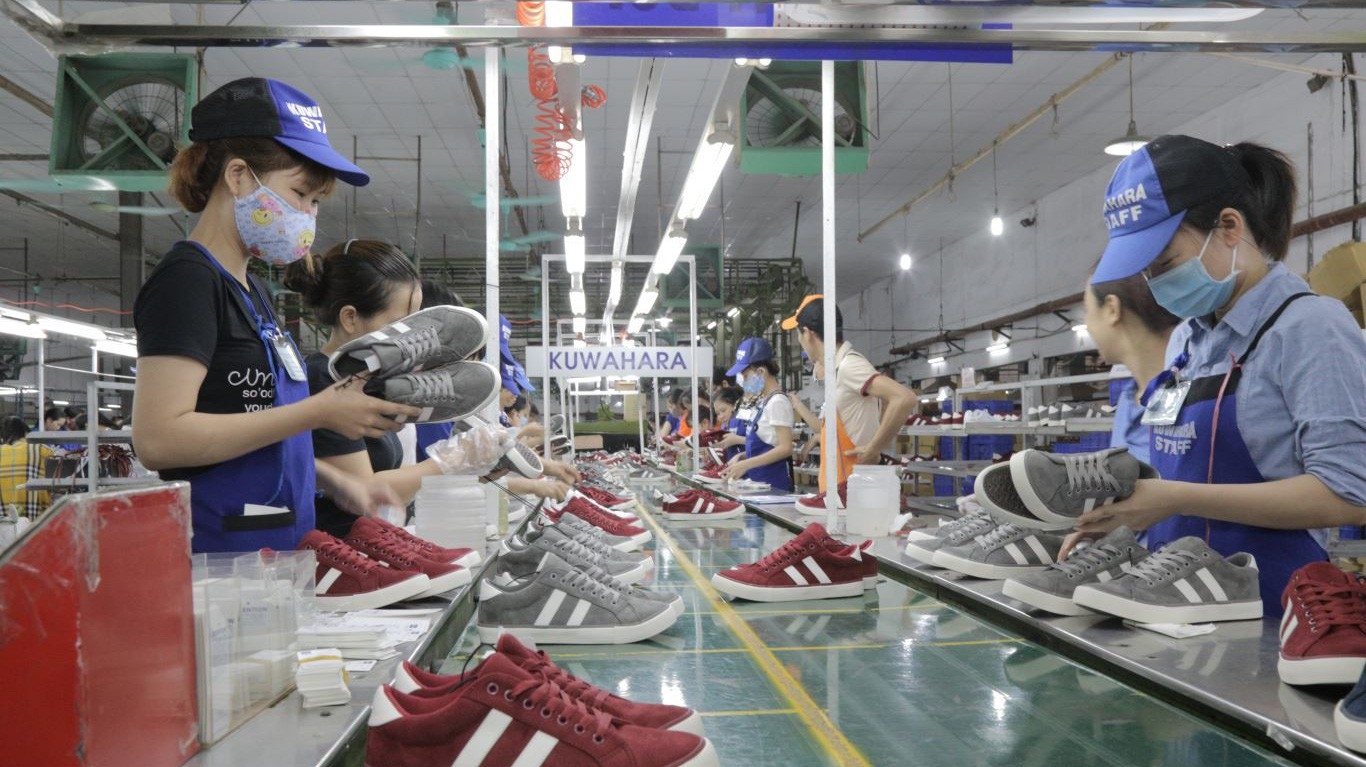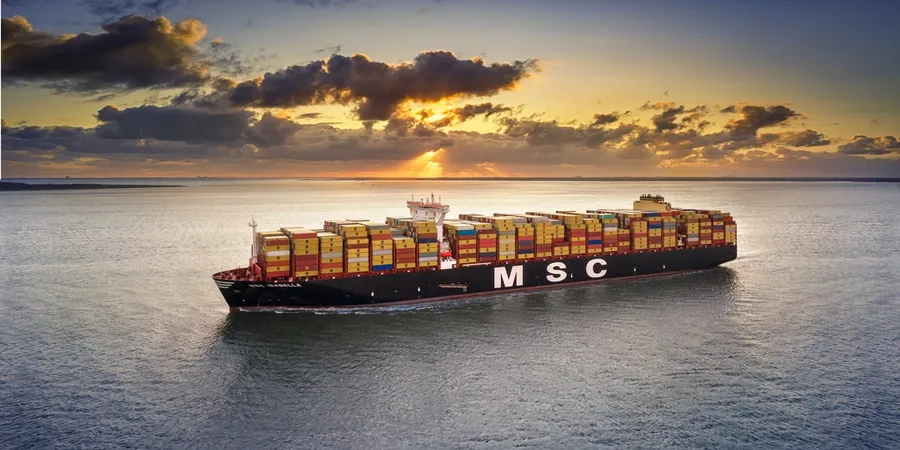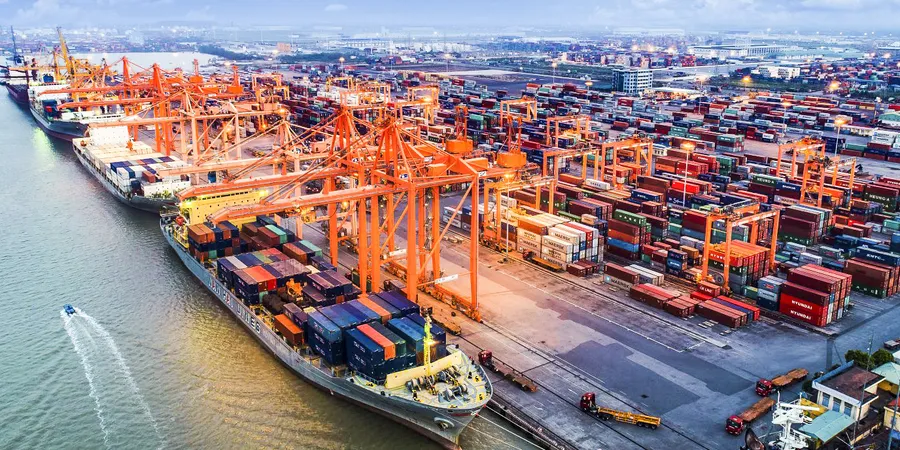Exports to EU require greater initiative
More than two years after the EU-Vietnam Free Trade Agreement (EVFTA) took effect in August 2020, Vietnam’s exports to the EU have increased considerably. To promote sustainable exports to this large but highly demanding consumer market, Vietnamese businesses should be more proactive in grasping opportunities presented by the trade deal.
EVFTA is one of the three new-generation free trade agreements (FTAs) that Vietnam has signed. Vietnam was the first developing country to sign an FTA with the EU and the fourth in Asia, after three developed countries, Japan, the Republic of Korea, and Singapore, giving it advantages in exporting to the EU, compared with other countries in the region, such as Thailand, Myanmar and Malaysia.
General Department of Vietnam Customs data show that in the second year of EVFTA implementation, from August 2021 to July 2022, trade between Vietnam and the EU reached US$61.4 billion, up 11.9 percent compared with the first year. Of the sum, exports accounted for US$45 billion, up 17 percent, and imports for US$16.4 billion, up 0.2 percent.
In the first eight months of 2022, trade between Vietnam and the EU reached US$42.4 billion, up 14.85 percent year-on-year. Vietnam’s exports to most EU countries grew well.
Vietnam’s exports to the EU have been diverse. Impressive export growth was recorded for key products such as machinery and equipment (up 34.8 percent), textiles and garments (up 41.2 percent), and footwear (up 36.2 percent). Many kinds of agro-forestry-fishery products also recorded high export growth, such as coffee (54.4 percent), seafood (41.9 percent), fruit and vegetables (18 percent), pepper (25 percent), and rice (22.2 percent).
However, Alain Cany, Chair of the European Chamber of Commerce in Vietnam (EuroCham), said European consumers and investors are increasingly interested in sustainable business models and sustainable investments, which are crucial for long-term development. To withstand competition in the EU market and make the most of FTAs, Vietnamese companies should abide by strict environmental regulations to meet the demand for green, sustainable consumption, Cany said. At the same time, they should improve their manufacturing capacity and adjust their production and trade strategies to adapt to the EU market, he added.
According to economists, the Vietnamese economy has a high degree of openness (second only to Singapore in the ASEAN bloc), but in terms of integration capability and competitiveness, Vietnam ranks 77th among 140 economies. In terms of institutional competitiveness, Vietnam ranks 94th, and in terms of business competitiveness, it ranks 101st. Domestic businesses have yet to be ready for technological innovation to meet EU standards. They remain sluggish in taking advantage of the EVFTA.
Vietnam’s rivals in the region, such as China, Thailand, Myanmar and Malaysia, will have FTAs with the EU in the future. These countries will compete directly with Vietnam in exporting to the European market. Therefore, Vietnamese companies should accelerate their efforts to take advantage of the EVFTA.
To support business efforts in taking advantage of the EVFTA, according to Ta Hoang Linh, Director of the European-American Market Department, the Ministry of Industry and Trade will maximize the role of overseas Vietnamese trade offices in the EU in helping businesses promote trade exchanges and investment, and build diverse, sustainable supply chains. For their part, businesses should be more proactive in taking advantage of the trade deal.
To access the EU market in a sustainable manner, Vietnamese businesses should take the initiative in technological innovation to diversify and improve product quality, and pay special attention to environmental protection and social responsibility.
Source: ven.vn






